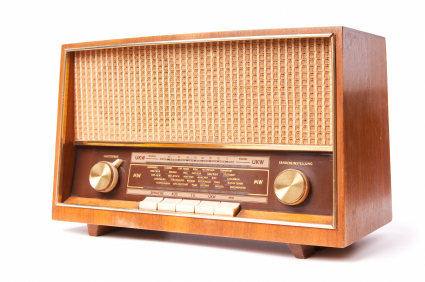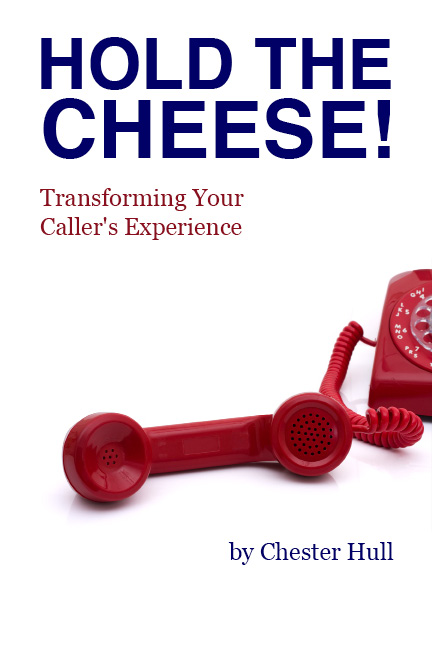 “Please choose from the following six options.”
“Please choose from the following six options.”
When designing the options for your IVR or Auto-Attendant, make sure they match your customer’s expectations. Presenting a caller with four or five clear, concise options will allow him to navigate through your system quickly, without wasting time waiting to hear options he is not interested in.
Using only four or five options will likely take some extra thought on your part to make sure you are expressing the options in a way callers will find helpful and convenient.
Recently, I had an experience with a system concerning options. I was trying to reach one brand division of a large holding company, for tech support on a tool. I found its number on the Support section of its website, which lists the company’s eight divisions. However, the Auto-Attendant only listed six divisions! (Two of which sounded very similar) And worst of all, the one brand division I wanted wasn’t even listed. Now, what was I to do? I guessed, selected option 1, and got lucky that the company combined its tech support in one place!
So, what could the company have done to make its phone options more caller-friendly? If in fact the two support options are combined, it can go ahead and express that in the greeting. Instead of saying “For Victor, press 1,” the company could have easily created “For Victor and Brand X, press 1.” Then I would have known which option to choose.
In this case, the company had the choice to include Brand X as a seventh option, to combine it with the first option, or to leave it out all together. Unfortunately, the company chose the last option. With a little more thought, it could have not only kept its options short and concise, but it could have saved me the frustration of having to call back a couple of times to guess the right option!
 Have you ever been “invited” to be put On-Hold, and found yourself listening to the static of an unknown radio station? It happened to me recently. I called a prominent, nationwide company‘s local office, and when I was put On-Hold…I heard a radio station that was just slightly off the channel, resulting in a lot of static. Listening to a static radio station isn’t a great way to give me a good feeling about the company.
Have you ever been “invited” to be put On-Hold, and found yourself listening to the static of an unknown radio station? It happened to me recently. I called a prominent, nationwide company‘s local office, and when I was put On-Hold…I heard a radio station that was just slightly off the channel, resulting in a lot of static. Listening to a static radio station isn’t a great way to give me a good feeling about the company. “I’m spending too much time On-Hold” or “Every time I call, I get put On-Hold, and I don’t like it!”
“I’m spending too much time On-Hold” or “Every time I call, I get put On-Hold, and I don’t like it!” You’ve just called the Wagon Yard, a furnishings and collectibles store in Texas. You’re calling about the 54″ cherry roll-top computer desk you heard that it carried. That would look great in your office! And while you are transferred to the furniture department, you hear this:
You’ve just called the Wagon Yard, a furnishings and collectibles store in Texas. You’re calling about the 54″ cherry roll-top computer desk you heard that it carried. That would look great in your office! And while you are transferred to the furniture department, you hear this: When First National Bank of the South adopted Jack the Dog as their new mascot, they also gained a unique marketing opportunity. No other bank could use the same mascot to differentiate themselves to customers. And in the world of banking, where little seems to stand out from one bank to the next, Jack the Dog could help First National Bank of the South stand out. Here is an example of an On-Hold message that is unique, customized for one specific bank, and unusable by any competitor:
When First National Bank of the South adopted Jack the Dog as their new mascot, they also gained a unique marketing opportunity. No other bank could use the same mascot to differentiate themselves to customers. And in the world of banking, where little seems to stand out from one bank to the next, Jack the Dog could help First National Bank of the South stand out. Here is an example of an On-Hold message that is unique, customized for one specific bank, and unusable by any competitor: Facebook
Facebook LinkedIn
LinkedIn Twitter
Twitter



